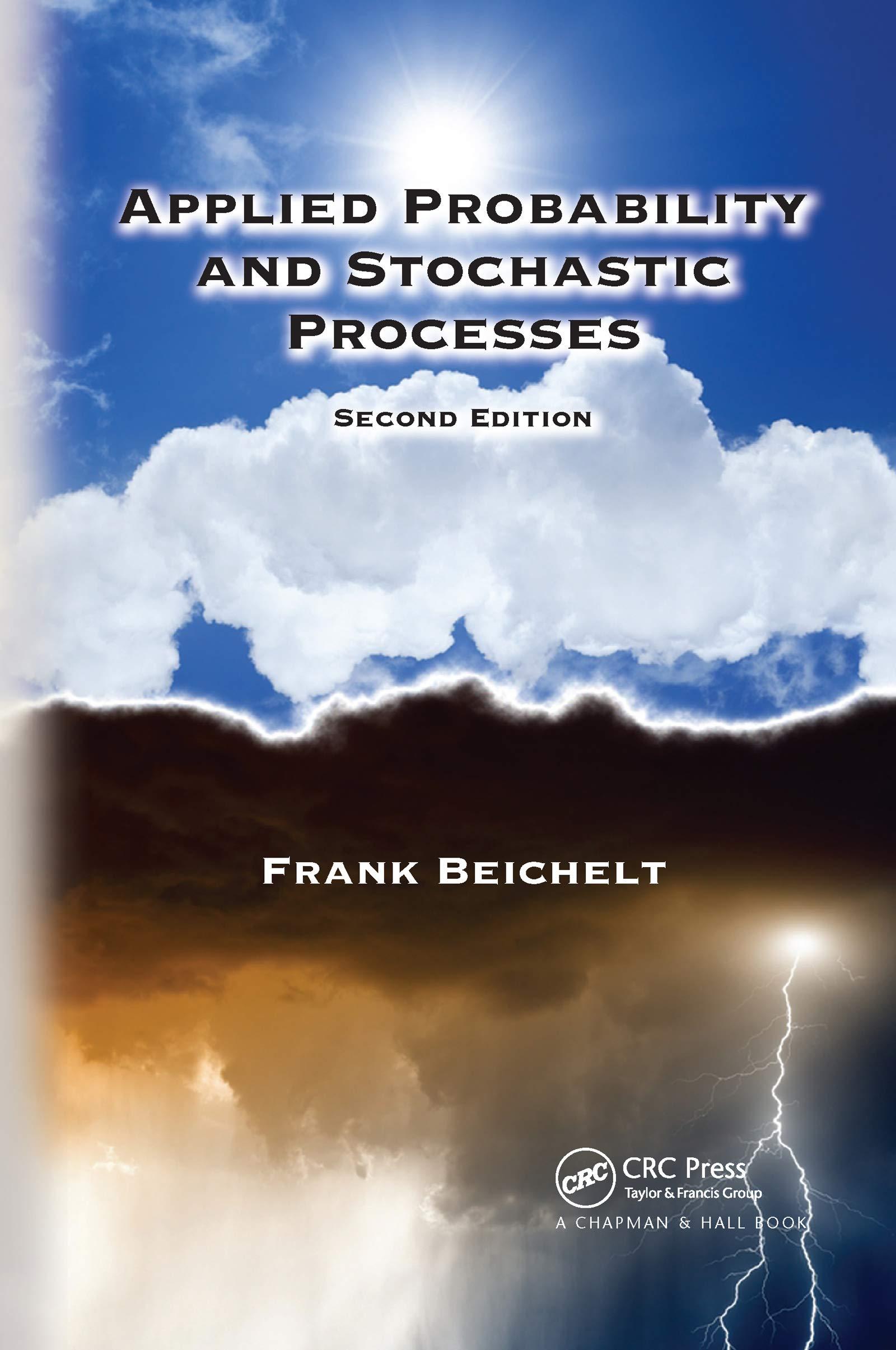At time (t=0) a computer system consists of (n) operating computers. As soon as a computer fails,
Question:
At time \(t=0\) a computer system consists of \(n\) operating computers. As soon as a computer fails, it is separated from the system by an automatic switching device with probability \(1-p\). If a failed computer is not separated from the system (this happens with probability \(p\) ), then the entire system fails. The lifetimes of the computers are independent and have an exponential distribution with parameter \(\lambda\). Thus, this distribution does not depend on the system state. Provided the switching device has operated properly when required, the system is available as long as there is at least one computer available. Let \(X(t)\) be the number of computers which are available at time \(t\). By convention, if, due to the switching device, the entire system has failed in \([0, t)\), then \(X(t)=0\).
(1) Draw the transition graph of the Markov chain \(\{X(t), t \geq 0\}\).
(2) Given \(n=2\), determine the mean lifetime \(E\left(X_{S}\right)\) of the system.
Step by Step Answer:

Applied Probability And Stochastic Processes
ISBN: 9780367658496
2nd Edition
Authors: Frank Beichelt





